Advancing global decarbonization
Reducing emissions
We are reducing our business's carbon intensity by improving generation efficiency and transforming our portfolio while continuing to meet our customers' evolving needs with clean, firm and fast power.
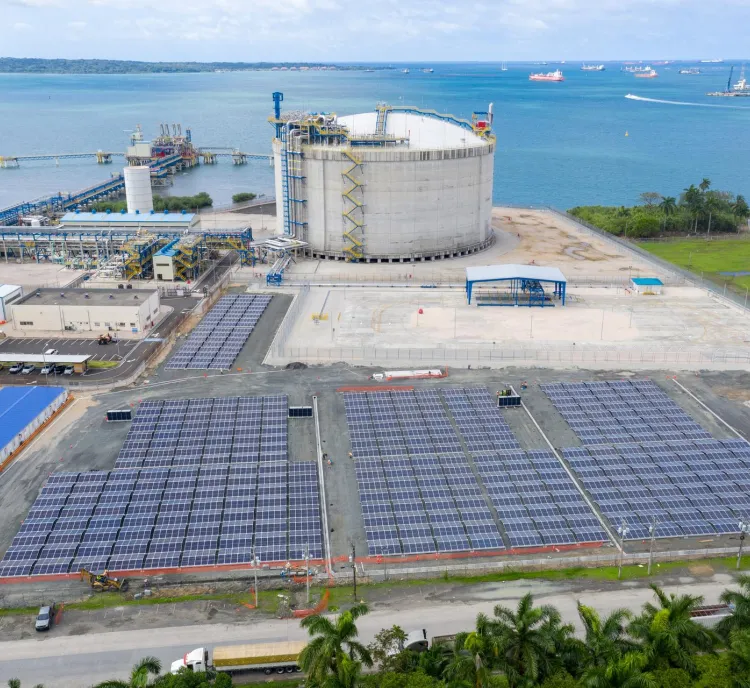
Our ambitions
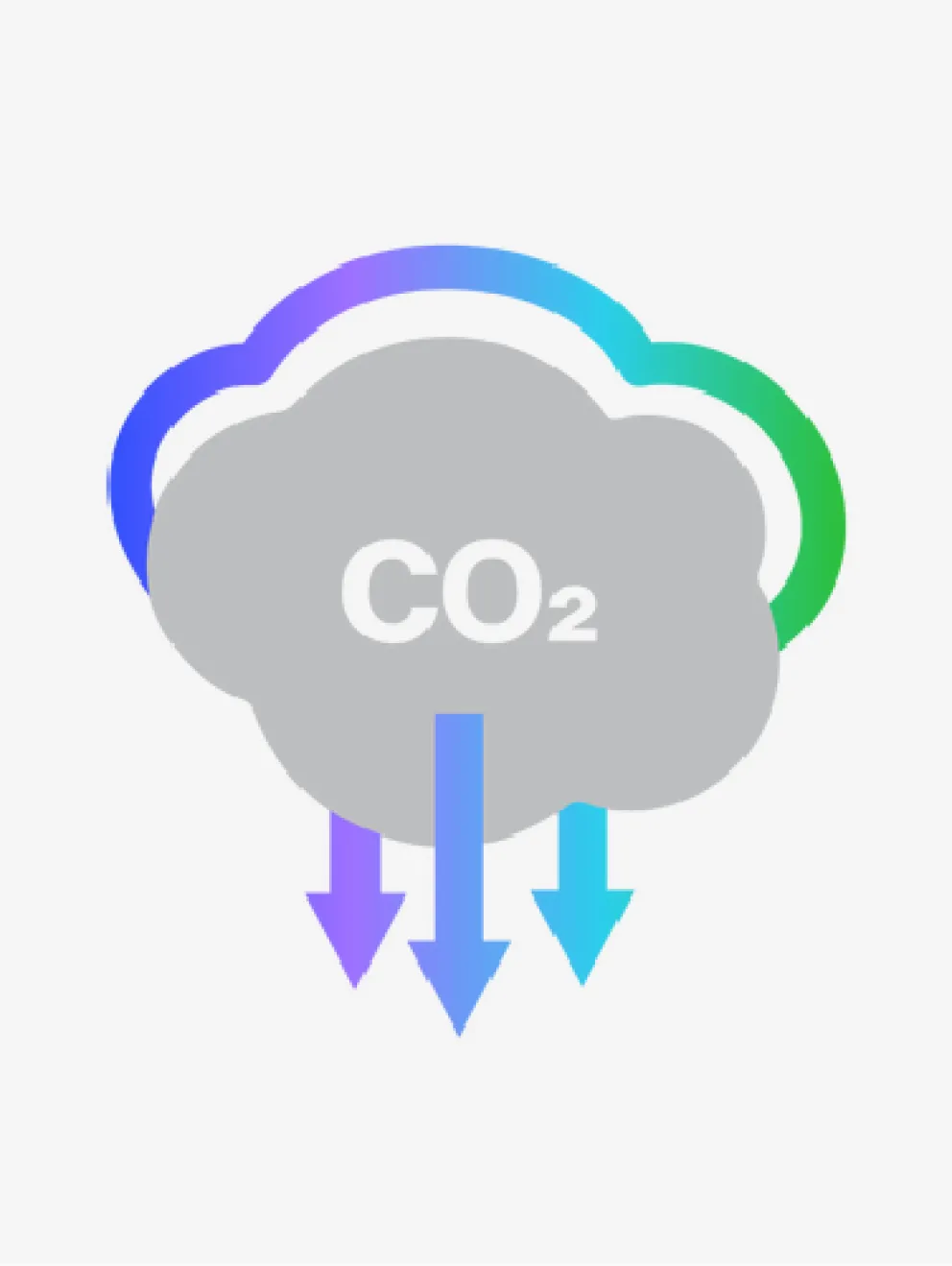
REDUCING OUR CARBON INTENSITY
2030
Portfolio generation carbon intensity aligned with a “well below 2°C” scenario.
Based on the growth of renewable energy and the viability of multiple possible asset scenarios. Sectoral Decarbonization Approach (SDA) target for power generation of 0.16 tCO2e/MWh, using the 2016 baseline and the portfolios modeled for 2030 as a reference.
(Achieved through asset sales, fuel conversion, and retirement of operations, while maintaining reliability and affordability, and subject to necessary approvals.)
2040
Net-zero carbon emissions from electricity sales.
Actions assume new policies that facilitate transition to low emissions energy systems, such as a price on carbon. Includes scope 1 and 2 emissions.
2050
Net-zero carbon emissions from entire business portfolio.
Actions assume new policies that facilitate transition to low emissions energy systems, such as a price on carbon. Includes scope 1, 2 and 3 emissions.
Meeting energy demand
Meeting growing energy demand requires efficient, dependable, and flexible power sources. We are reducing emissions while strengthening grid reliability through a balanced mix of fuels and technologies.
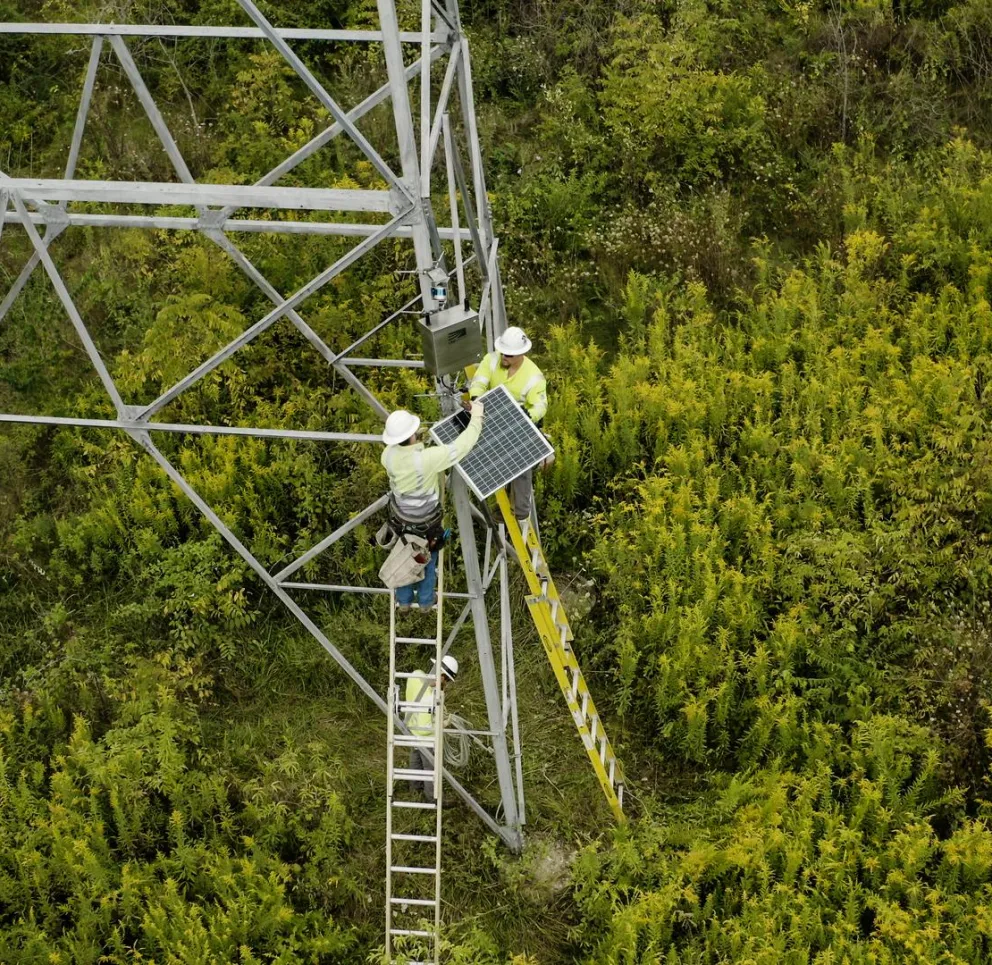
Our actions
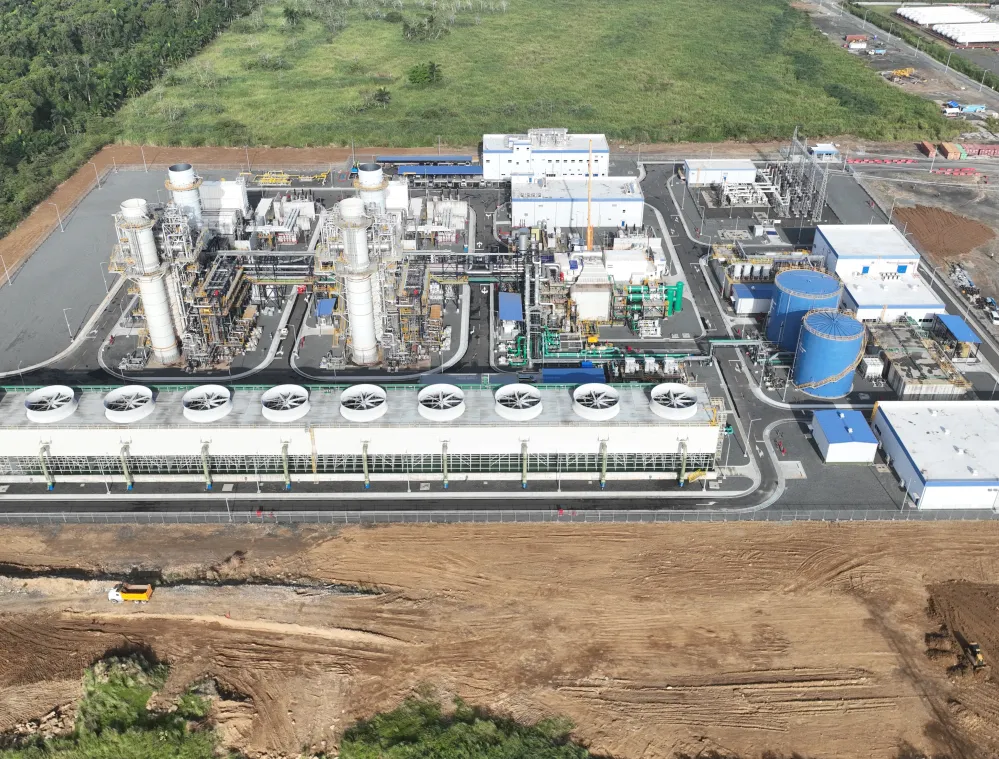
Portfolio transformation
We are transforming our portfolio by expanding the use of renewables and natural gas while phasing out coal. As we shift our generation mix, we aim to reduce emissions while still supporting grid reliability through a more flexible and diversified energy supply.
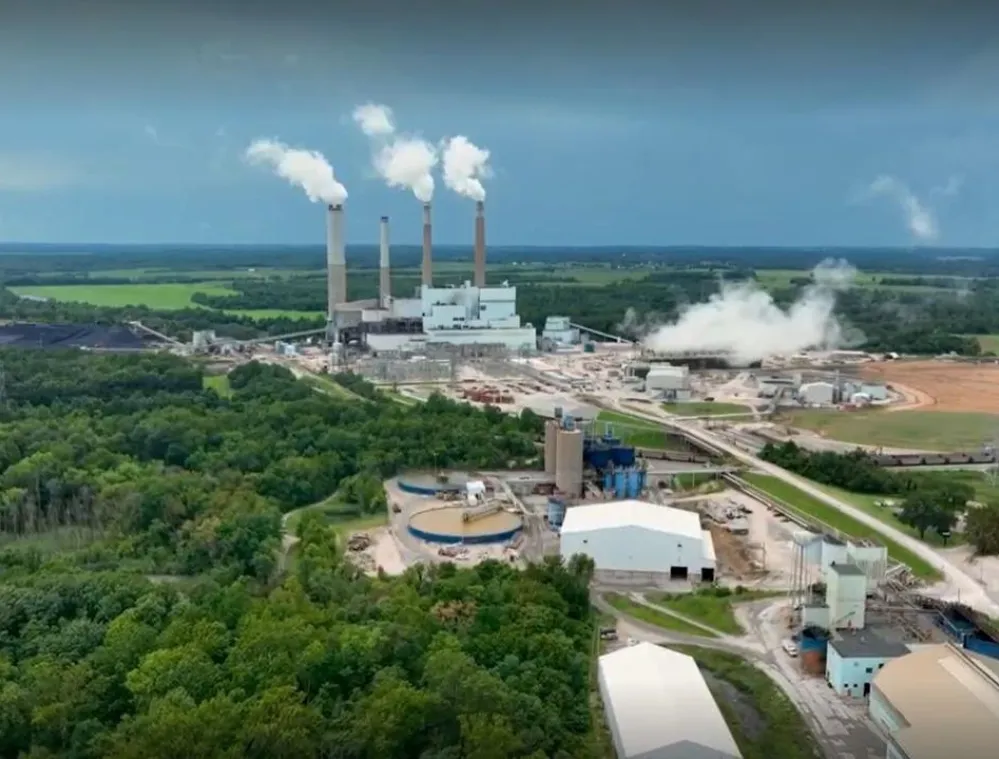
Emissions control technologies
We employ multiple air control technologies and deploy advanced air quality systems, including SO₂ scrubbers, low NOx burners, and filtration systems that remove fine particles from emissions. In addition to power generation, we monitor emissions from our vehicle fleets and are transitioning to electric models where feasible to reduce mobile emissions.
